You Don’t Need to See Cars 2 to Watch the Brave Trailer
Pixar has maintained such an amazing line of success with their mixture of intelligent adult themes and child-pleasing action and characters in their CGI films, that the studio’s turn toward sequels hit me in the face with the great massive gauntlet of disappointment. I did enjoy Toy Story 3, but it was nowhere near the level of brilliance of my trifecta of Pixar favorites: The Incredibles, WALL·E, and Up. And when I found out that the follow-up for Toy Story 3 would be a sequel to Cars, easily my least favorite Pixar film so far, the massive gauntlet of disappointed almost pounded me head-first down into the soil.
Cars 2 is the first Pixar film ever to have critics turn against it. The Rotten Tomatoes review aggregator has given the movie a “Rotten” rating, currently holding at a morose 33% positive, a sad first in Pixar’s history. It seems the best I’ve heard about the movie from viewers is, “Eh, my kids liked it.” Considering the steep prices for the 3D screenings — which are the only screenings available at my local theater — this may end up being the first Pixar movie I skip in theaters, and wait for the Blu-ray.
There is one temptation, the trailer for Pixar’s next films, a non-sequel heroic fantasy set in Scotland: Brave.
But now the trailer is on line, so never mind. This looks not only like a return to form for the company, but a step into territory they’ve never explored. In particular, this is the fairy tale and fantasy world that we often associate with the classic Disney films of the Golden Age. But Pixar’s take looks sharper and harder than that, although I only have this trailer, plus posters and artwork to go on. But the mystic and Celtic, adult fantasy feel of this trailer is breathtaking — I can hardly wait to see what the company does with this setting and its fiery red-haired heroine. There will be comedy, but as director Mark Andrews told Entertainment Weekly, expect something fitting the bold declaration of its title: “What we want to get across is that this story has some darker elements. Not to frighten off our Pixar fans — we’ll still have all the comedy and the great characters. But we get a little bit more intense here.”
And it does appear intense. That final bow-shot to the camera? Sign me up!
If you want something else to hold you over, Entertainment Weekly has some beautiful concept art.
Also behold the thrilling teaser one-sheet (full sized!):
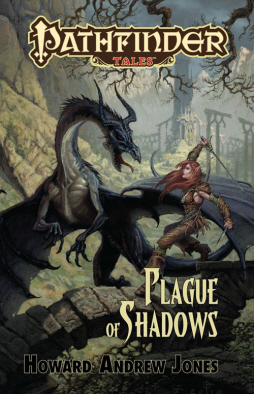
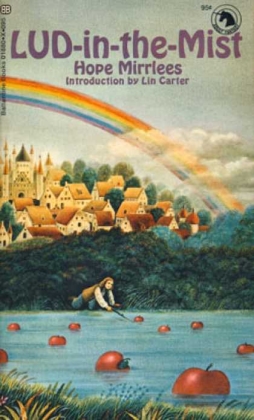 Hope Mirrlees’ stunning 1926 novel Lud-in-the-Mist begins with the following epigraph:
Hope Mirrlees’ stunning 1926 novel Lud-in-the-Mist begins with the following epigraph: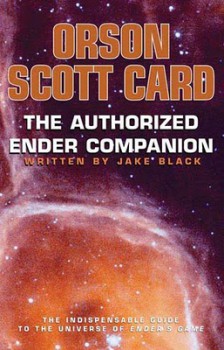 The Authorized Ender Companion
The Authorized Ender Companion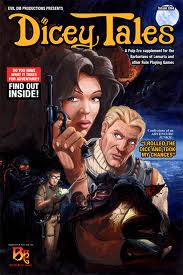
 The June 20th edition of John Clute’s
The June 20th edition of John Clute’s 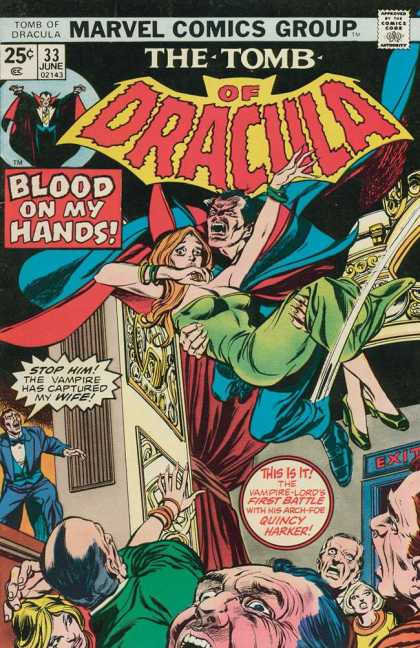
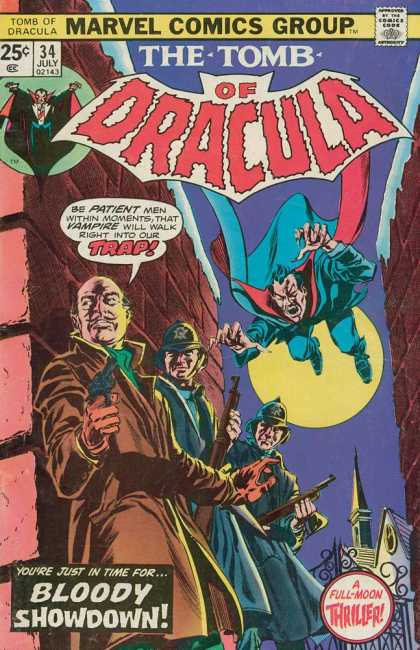
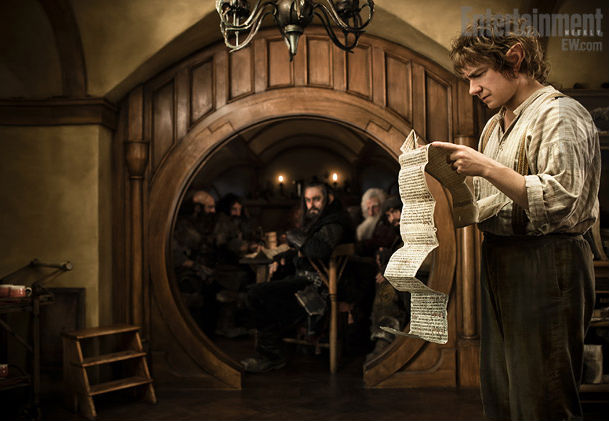
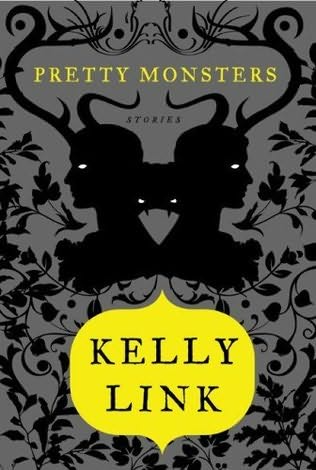 So I’ve been listening to
So I’ve been listening to 